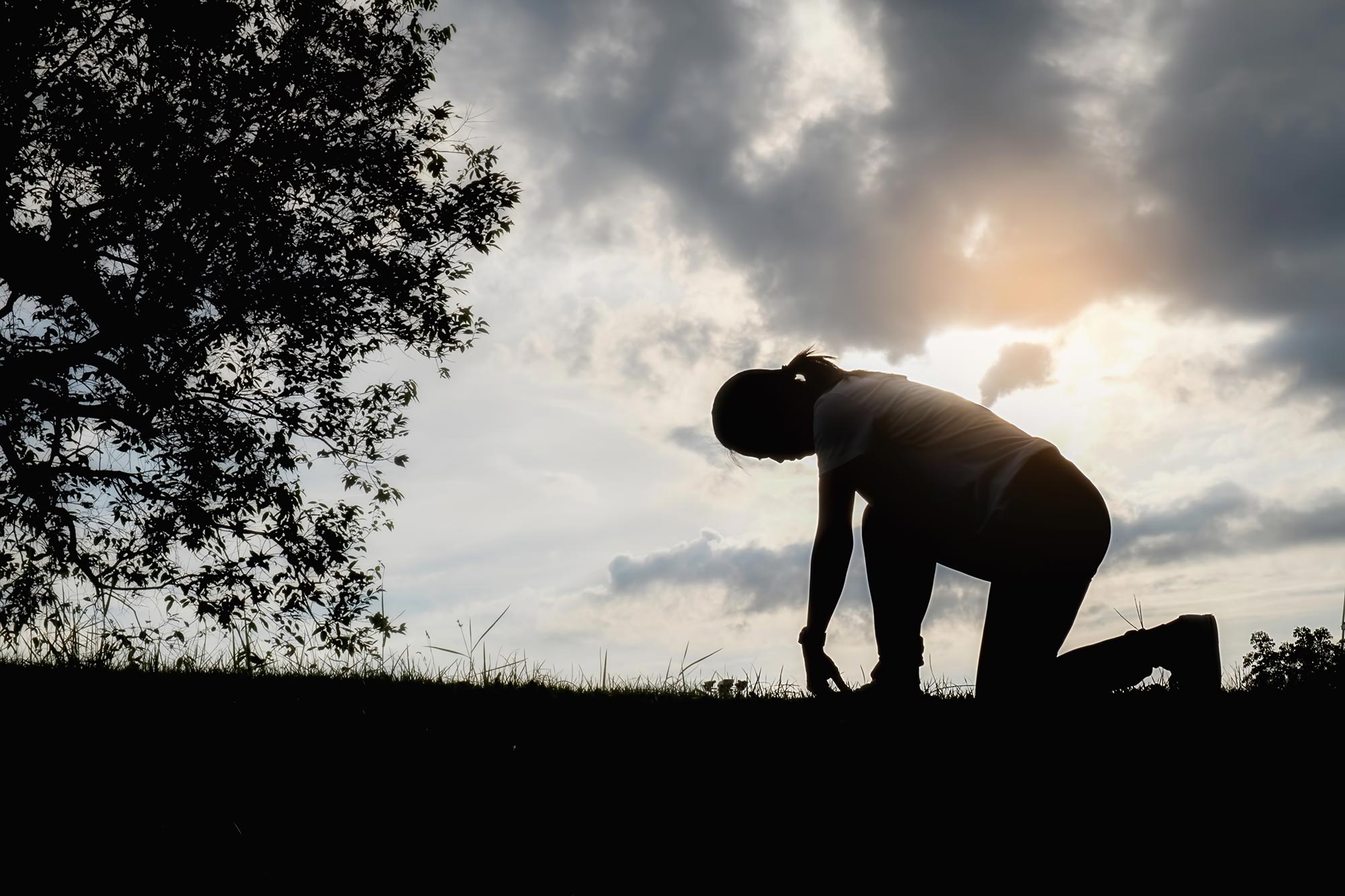Powerhouse singer-songwriter Kelly Clarkson¹ famously claimed that:
‘What doesn’t kill you makes you stronger, stand a little taller, doesn’t mean I’m lonely when I’m alone, what doesn’t kill you makes a fighter, footsteps even lighter…’
Post-Traumatic Growth, or PTG, best known through direct comparison to its first cousin Post-Traumatic Stress Disorder (or PTSD), purportedly involves the experience of a positive transformation in the wake of a traumatic event or situation. Beneficial changes can occur across a variety of different areas leading to aspects such as a new appreciation of life, closer relationships, increased resilience, and spiritual connectedness.
Whilst, historically, PTSD has tended to dwell on the negative consequences of trauma, the newer, adjunctive concept of PTG highlights the more welcome experiences that can sometimes occur following highly challenging events.
Psychologists Richard Tedeschi and Lawrence Calhoun² have suggested that people can sometimes find new meaning, purpose, and strength following experience of great loss and trauma, noting, however, that positive changes do not necessarily stem from the difficulties themselves, but rather from some people’s ability to positively engage with and make meaningful sense of their traumatic experience.
Transformational changes such as these tend to occur across 5 key dimensions:
New Possibilities
As well their potential to cause devastation, trauma can also hold the possibility to re-evaluate aspirations and life goals. Some trauma survivors pursue new or more fulfilling opportunities, careers, or activities, potentially opening doors to possibilities they may never have considered before.
Relating to Others
Positive changes can be felt within personal relationships or social contexts due, perhaps, to an increased understanding of the potential for human suffering leading to greater empathy and compassion. Some survivors have expressed feeling inspired to connect with others going through similar challenges or they feel more willing to take greater emotional risks.
Personal Strength
A feeling of strength and resilience has been reported among many trauma survivors who also identify with an experience of post-traumatic growth, often describing an increased sense of power or determination.
Spiritual Change
In the aftermath of trauma, a theme has been noted among some of discovering a more direct or intimate understanding of any existing spiritual beliefs or even an entirely new sense of purpose or existential meaning in life.
Appreciation of Life
Related to this, processing and growing around a traumatic experience might cause some people to radically re-evaluate their life and its course, leading to a deeper appreciation of life and a feeling of more presence in it.
As with most things, some people may be more likely to experience post-traumatic growth than others. For example, those who have an optimistic, open-minded personality style who also draw on more objectively positive coping strategies like self-acceptance and cognitive reframing are probably more likely to proactively engage with the practical and psychological challenges traumatic experiences can create.
Trauma research also consistently highlights the crucial value of a supportive social network both for initial recovery³ as well as for any post-traumatic growth4.
And yet, whilst post-traumatic growth may be a useful addition to the previously rather rigid, arguably negative focus within mental healthcare suggesting that traumatic events invariably cause debilitating mental illness and social dysfunction for some, it is equally important not to promote this additional concept to such a degree that even greater pressure ends up being put on survivors’ shoulders. As Valerie Tiberius5 puts it:
The answer to the question of whether there is post-traumatic growth (PTG) seems to be sometimes, for some people, there is some kind of growth; for other people, at other times, or in other ways, there isn’t…. (G)rowth narratives can be hurtful to people who aren’t “growing” from their trauma.
This can be because the possibility of growth makes people who are suffering feel inadequate if they aren’t growing from it or (more perniciously) because the narrative of PTG can be taken to support blaming people who do not get over their troubles and become better people. (p. 2)
One final thought. Post-traumatic growth, if experienced at all, is often seen to co-exist with post-traumatic stress and any number of other phenomena and diagnoses involving the mind and body. People are well-known to be capable of simultaneously experiencing what may initially appear to be highly conflictual mental and emotional states in the aftermath of adversity, including hope and despair, progress and stuckness, and darkness and light, all of which serve as useful reminders of the diverse and complex nature of human responses to trauma.
References
¹ Clarkson, K. (2017). Stronger [Song]. On Stronger. RCA Records.
² Tedeschi, R. G., & Calhoun, L. G. (1996). The Posttraumatic Growth Inventory: measuring the positive legacy of trauma. Journal of traumatic stress, 9(3), 455–471. https://doi.org/10.1007/BF02103658
³ Charuvastra, A., & Cloitre, M. (2008). Social bonds and posttraumatic stress disorder. Annual review of psychology, 59, 301–328. https://doi.org/10.1146/annurev.psych.58.110405.085650
4 Ning, J., Tang, X., Shi, H., Yao, D., Zhao, Z., & Li, J. (2023). Social support and posttraumatic growth: A meta-analysis. Journal of affective disorders, 320, 117–132. https://doi.org/10.1016/j.jad.2022.09.114
5 Tiberius, V. (2021). Growth and the multiple dimensions of being: A philosopher’s take on the idea of post-traumatic growth. In F. J. Infurna & E. Jayawickreme (Eds.), Redesigning research on post-traumatic growth: Challenges, pitfalls, and new directions (pp. 1–11). Oxford University Press.

